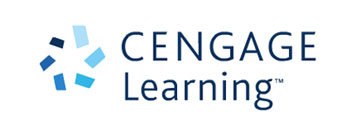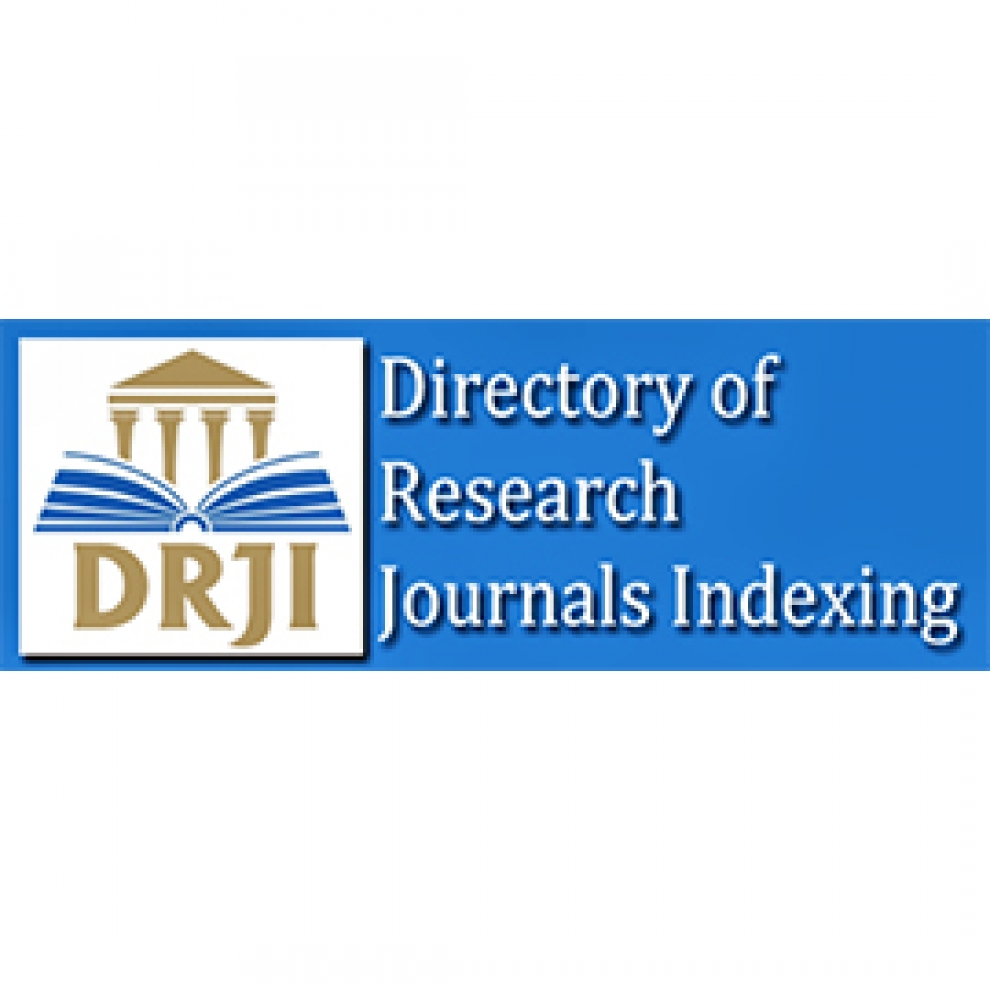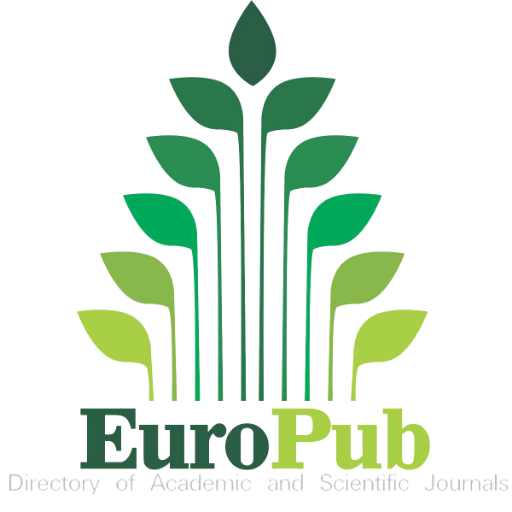Neutrosophic method for the estimation of the effectiveness of integral reparation in criminal matters and its execution
Keywords:
comprehensive repair, violation, non-compliance, neutrosophic method, effectivenessAbstract
The Constitution of the Republic of Ecuador establishes comprehensive reparation as a right of protection, ensuring the adoption of different mechanisms, which lead to compensation for the victim, such as: restitution, compensation, rehabilitation, guarantee of non-repetition and satisfaction of the violated right. The objective of this research is to develop a method for estimating the effectiveness of comprehensive reparation in criminal matters and its execution. The method bases its operation using neutrosophic numbers to model uncertainty. The information collection technique used was the interview and the statistical data provided by the Automatic Judicial Procedures System (SATJE). With the implementation of the proposed method, it was possible to demonstrate the need to establish a direct and effective execution procedure for comprehensive repair. Furthermore, it was learned that in the majority of cases in which comprehensive reparation is ordered, this is not fulfilled, and when a new criminal process is established for non-compliance with legitimate decisions, it entails a violation of the right to protection of the victims contemplated in the Magna Carta.





















